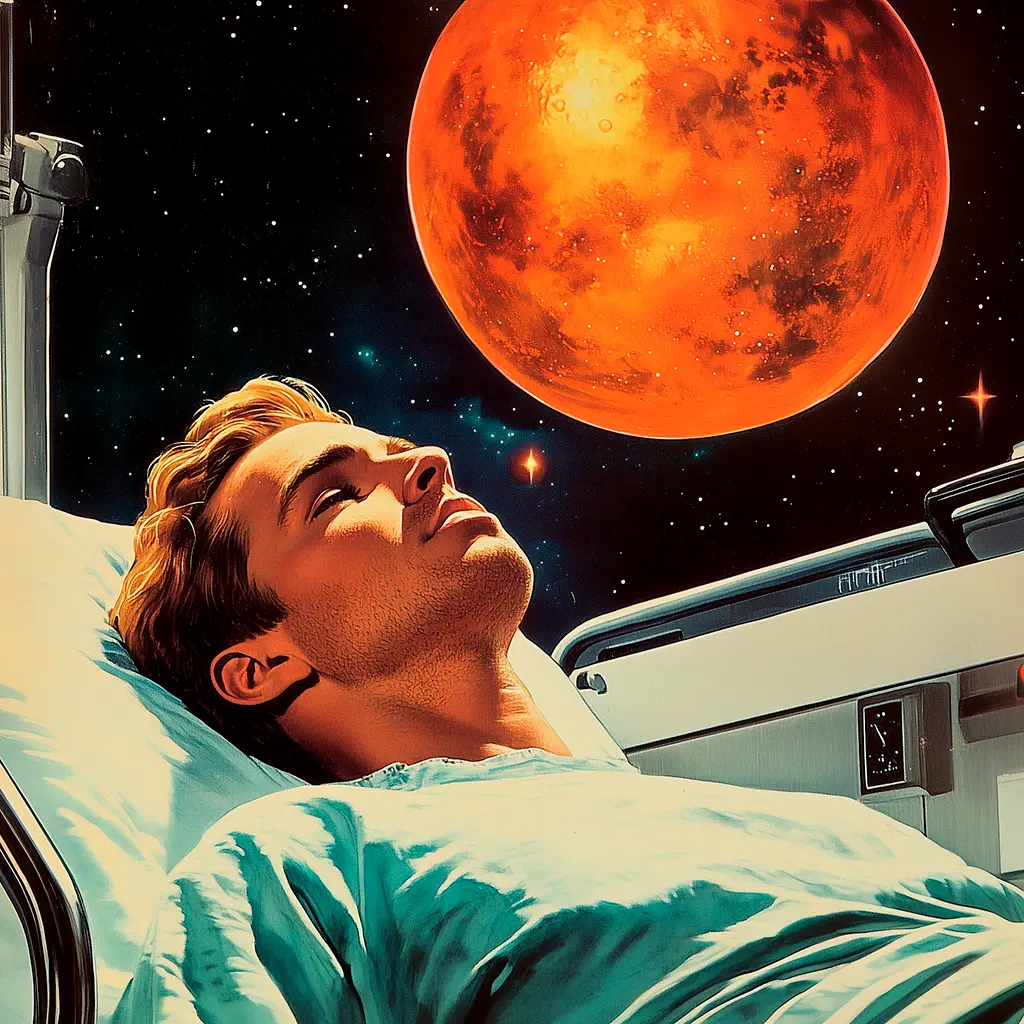Arthur C. Clarke: Superiority
“Superiority” is a short story by Arthur C. Clarke, published in August 1951 in The Magazine of Fantasy and Science Fiction. As a court statement, the story tells how a technologically superior civilization suffers a crushing defeat in an intergalactic war. The commander-in-chief’s account explains how a theoretical scientist’s obsession with developing increasingly advanced weapons led them to succumb to a more backward civilization. With an ironic tone, Clarke constructs a story about the risks of unthinkingly relying on innovation and shows how excessive confidence in progress can lead to collapse.





